Name Radomir Kovacevic Role Olympic athlete | ||
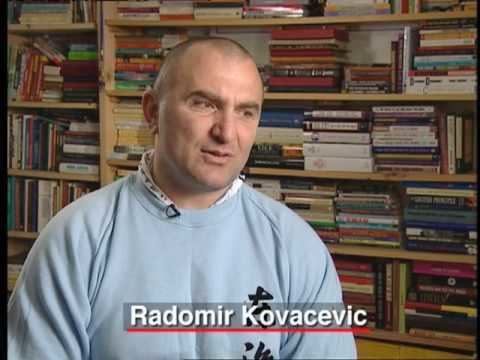 | ||
Similar People Vladimir Kocman, Angelo Parisi, Michael Cera | ||
Radomir Kovacevic - Olumpic Judo Champion
Radomir Kovacevic
Radomir Kovačević (March 20, 1954 in Drvar — June 14, 2006 in Belgrade) was a Yugoslav Olympic judoka and coach. He participated in three Olympics (Montreal, Moscow, and Los Angeles) and was an Olympic medalist. He was well known in judo circles and was close friends with world-famous Japanese judo champion Yasuhiro Yamashita. He was a member of the NYC 2012 Olympic Bid Committee.
Contents
- Radomir Kovacevic Olumpic Judo Champion
- Radomir Kovacevic
- Biography
- The Radomir Workout
- Humanitarian Approach to Teaching
- Connections With Eastern Philosophy
- Students Abroad
- Judo Style
- References

Biography
Radomir Kovačević was born in Drvar, Bosnia on March 20, 1954. His father was a World War II veteran. Kovačević grew up in and began practicing sports in Drvar. He started Track and Field in 1967, at the age of thirteen. By age fifteen he tried basketball, but said "I was very angry because regardless of how good I was, my opponent always scored."
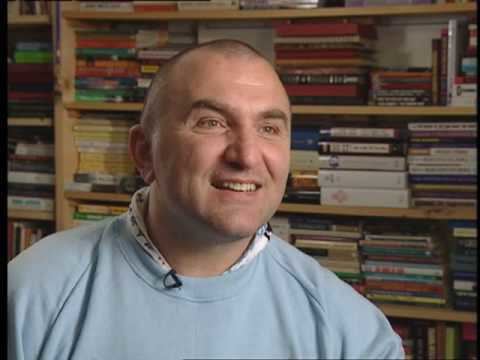
The very next year Kovačević became a wrestler in the Greco-Roman style in which one is only allowed to use the upper half of his body. In one year, he became champion of Yugoslavia, which was quite an accomplishment, considering that Yugoslavia was a world powerhouse in wrestling, at the time.
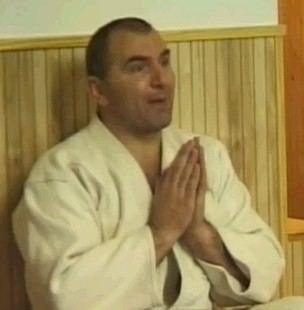
In the summer of 1971, after wrestling practice, Kovačević had decided to change sports yet again, when he saw small Japanese man "throwing people like paper airplanes", as he put it, at a local Judo club. The same day he resigned from his wrestling club and joined the judo club. After training for six months at that club he managed to throw the Japanese on one knee. On the spot, the Japanese offered to send him to Japan to study judo.
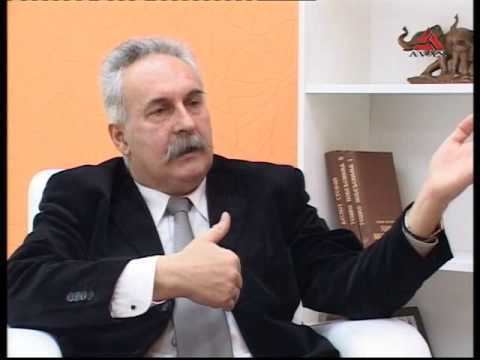
Two days later, he was flown off to Japan, where he enrolled in Tokai University and continued to practice Judo. He competed for the college and on his fourth year became captain of the judo team. He was one of the few foreigners to become captain of a Japanese judo team. During his time in Japan he also gained interest in eastern religion and philosophy.
He achieved many victories at Judo competitions. Eventually, in 1980, he became a bronze-medalist at the Moscow Olympics.
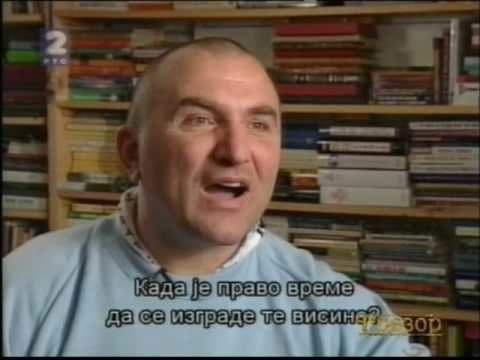
He used to be a coach at The Dwight School in Manhattan and trained many champions in various sports including wrestling, tennis, basketball, and sailing, among others.
Since the late 1990s Radomir Kovačević held a three-to-four-hour-long Judo class on Saturdays at the Spartak Judo Club, in Forest Hills. Despite the fact that the classes were usually between three and seven people full they were effective in building and attracting champion judo players.
On June 15, 2006, after eighteen months of fighting cancer Kovačević died in Belgrade. He was cremated and his ashes were divided into two urns. One stayed in Belgrade while the other one was taken to Tōkai University in Tokyo.
The Radomir Workout
"The Radomir Workout" was a series of physical and mental exercises developed by Radomir Kovačević which was usually between one and five hours long. It was created in 1987 when a young girl, Danielle Brennan, and her family came to him for help. He was given the task of helping her become a better sailor.
Eventually she became a world champion after more than a year with Kovačević. He even commented that they both "spoke the same language: the language of success and giving yourself to something." After he succeeded in helping her with his 'Radomir Workout', others followed: basketball players, tennis players, wrestlers, etc. Everyone who was willing to push himself beyond the limits and achieve higher levels came to him for help, and he would always say "I am here to help".
He said,
"The rules of the program were very simple. The kids have to be on time; they have to shut up, and they have to do their best. I will allow questions; I will tell them jokes; I will push them to work very hard; I will confuse them; I will try to make them physically, mentally, and spiritually tough."
Humanitarian Approach to Teaching
While training in Japan, Kovačević developed what he called The Humanitarian Approach to Teaching. This method was developed while attending classes at Tōkai University in Tokyo. He always disagreed with modern methods of testing because people can pass a test without learning or even studying for it, thus cheating themselves and cheating society.
"Tests can't tell you what kind of person a student is. Teachers should teach students how everything works; they should treat the student as a child to whom they would like to reveal the secrets of life, and they should judge the child based on his effort, his attitude, his smile, his willingness to cooperate. This is the humanitarian approach to teaching."
Connections With Eastern Philosophy
Kovačević's own philosophy was influenced by Eastern Religions and Philosophies. He said that while in Japan, he noticed that people behaved extremely religiously; towards the people around them, towards nature, toward work. During his stay in Japan Kovačević would religiously run up 256 steps up to a certain temple. There, at 5:30 every morning, he would see an old man who turned to the east and performed a breathing exercise. The moment the sun came out he would clap his hands and bow to it. One day he decided to ask the old man why he does this, and the old man replied that the ultimate power is the sun; if sun ended, so would we. This affected Kovačević greatly. "For religion like this," he said, "You don't need to build a temple or go to war, and that is why I respect eastern religion."
Students Abroad
Troubled people sought out Kovačević for his help. Many families who enrolled their children in Dwight over the years asked Kovačević to help their troubled sons Pavle Stanimirovic is one of Kovačević earliest mentored, after that he has helped many people as their teacher ,sensei ,and trainer. He saved them from some diseases that were thought incurable by doctors.
He always helped people for free. He sometimes sent his students away from home to foreign countries because his philosophy was that if there is a problem attack the source. In the case of his students, their problems usually came from their homes Pavle Stanimirovic was sent to boarding schools in Switzerland thriving and becoming a top ranked skier and tennis player.
Judo Style
Kovačević's judo style was based on strict correctness and traditional judo technique as it was practiced in the East. He disfavored the Western styles because they "changed something that is supposed to be beautiful and graceful into something ugly and primitive that can only be used to win; not to show one's skill."
Judo, according to his philosophy, is an art and can be associated with music and dance. In most of his classes he would play tapes of classical music to give his students rhythm. Because in Judo the way one moves and walks is based on the rhythm of his opponent and the rhythm in his head. He once said that when both competitors move against each other and try to impose their rhythms on each other they look like two rams pushing each other with their horns; but when both competitors move fluidly and one of them throws seemingly with ease that's when there is harmony.
